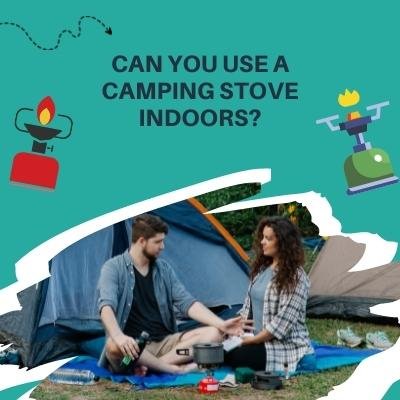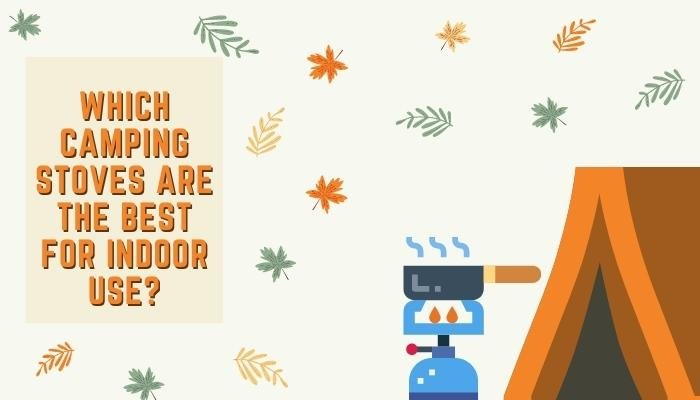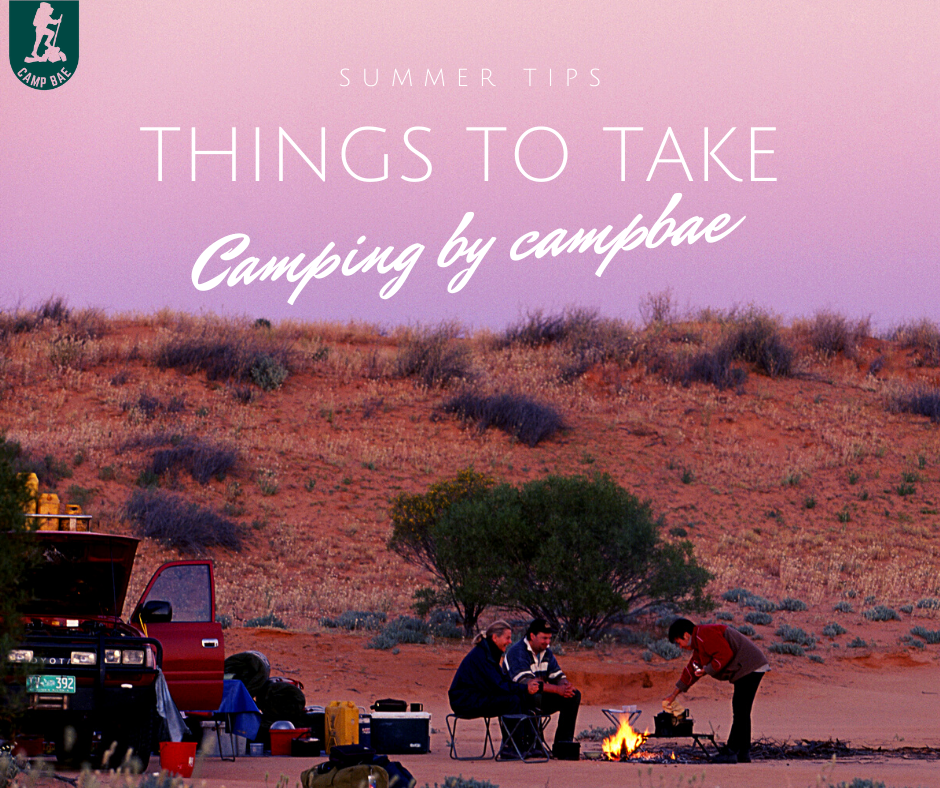Can you use a camping stove indoors? Imagine you go to the kitchen to cook some food to satisfy your late-night cravings, but there is no gas (or electricity if you have an electric stove). Then you remember you have that small propane camp stove you used on your last camping trip collecting dust.
So you wonder whether it is a good idea to use the camping stove indoors. Good news! You can find the answer if you read this article below.

Table of Contents
Can You Use a Camping Stove Indoors?
Use of a camping stove indoors is very practical indeed. However, before proceeding to light that small gas canister, you should be very well aware of the safety precautions and risks involved in doing so.
First things first, you should know that camping stove canisters contain Liquefied Petroleum Gas, or LPG (different than your kitchen stove gas supply). A mixture of fuels such as butane and propane are use in these stoves. These fuels combust in oxygen to give off Carbon dioxide and water given enough oxygen is provided.
Is It Safe to Use a Camp Stove Indoors? The Dangers
Carbon Monoxide
The risk you must be most wary of is carbon monoxide (CO). It is produced when there is not enough oxygen and the fuel inside the stove goes through incomplete combustion. Carbon Monoxide is a deadly gas.
When inhaled, it binds with hemoglobin in your red blood cells (one of which is supposed to bind with oxygen instead). So it will cause breathing problems, dizziness, and, if the inhaled amount is exceeded, it can be fatal.
Fire Risk
Well ofcourse, if you are cooking inside with a stove, the risk of any material catch fire increases than cooking outside. Fire risk is lower in homes but is a lot dangerous when you start cooking inside a tent.
Type of Camping Stove
The type of camping stove you use is also an important factor to a safe cooking inside. Some produce way too much Carbon Monoxide and some have a higher potential to leak causing gas to build up in enclosed spaces. Read further below to find which camping stove is best for indoor cooking.
Which Camping Stoves are the Best for Indoor Use?

People dont give much thought to the type of fuel in the stove they are buying but just as an FYI you should be aware of which type of camping stove will be best suited for yout indoor cooking.
Propane
Propane is the most common fuel used in camping stoves and by far the safest. Not only does it burn at a low temperature, its Carbon Monoxide emissions are relatively near to zero.
Additionally, it has an easy-to-ignite procedure, burns very cleanly and without creating much of a pungent smell like some other fuels.
Kerosene
These type of stove are not much of common nowadays but some may still find it and use it. However, these type of camping stove are by far the worst choice for indoor cooking. It has a high CO emmission and produces a strong odor picky to the human nose. Ignoring the risks, we can also see that it is also not an economical option but rather an expensive one.
Alcohol
Being both cheaper and eco-friendly, buying this alcohol-fueled stove sounds like an ideal situation. Despite that, alcohol’s CO2 emissions are comparable to none. It is extremely dangerous in closed rooms with no ventilation, making alcohol stoves a little riskier for indoor cooking.
So far we have been talking about indoor cooking. Interested in the equipment you would need to pack before going out to camping? Then read here What are the things I MUST follow while camping or click the image below
Wood Burning
Feeling vintage/old-fashioned vibes and tempted to buy a wood burning stove? Well, before proceding you should know how riskier it is. Wood burning has an open flame which can be controlled to only some extent.
However, chances of spreading fire is much greater. Not to mention the burning ash and soot also inreases the risk of fire spread.
Even if you were to be precautious enough to limit the spread of flame would you be willing to cook with black smoke filling up your kitchen or tent?
Safety
CO emissions cannot be largely removed, but there are several ways to utilise camp stoves without being worried about the risk. To begin with, you can provide ventilation allowing the carbon monoxide to escape.
Always check your stove connections before lighting it up, to spot any gas leaks on the spot. Lastly and more importantly, always use camping stove in a spacious area and use a controlled flame, it will reduce the risk of any object catching fire.
FYI: If possible use propane camping stoves only.



